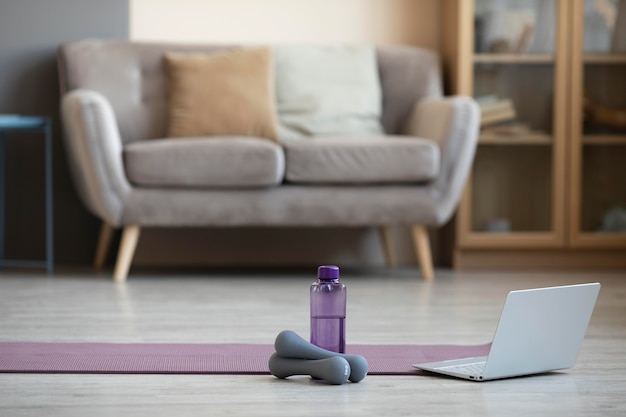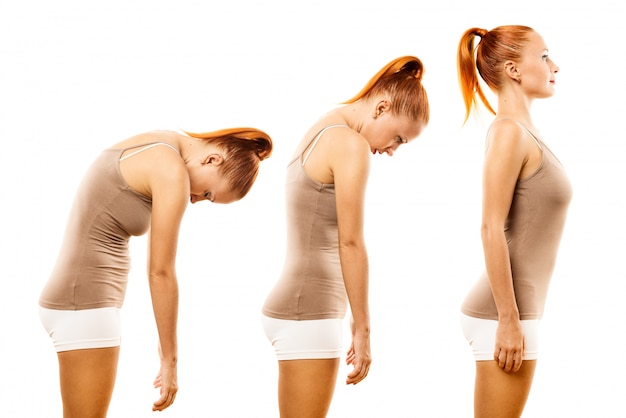30 Common Mistakes That Increase Injury Risk—And How to Avoid Them with Minimal Gear and Real-Life Schedules
Staying active doesn’t require a gym membership, expensive equipment, or hours of free time. But even with the best intentions, small missteps in your daily routine can increase your risk of injury—especially when life gets busy. The good news? Most of these mistakes are preventable with awareness and smart adjustments.
Why Injury Prevention Matters in Everyday Life
Injuries aren’t just for athletes. From lifting grocery bags to climbing stairs or working at a desk, daily movements can strain muscles and joints if done incorrectly. Over time, poor habits compound, leading to chronic pain or acute injuries. The goal isn’t perfection—it’s building resilience into your real-world routine.
Mistake #1 to #10: Poor Movement Habits
- Slouching while sitting: Prolonged poor posture stresses the spine. Use a rolled towel for lumbar support if your chair lacks it.
- Looking down at your phone: This 'text neck' position adds up to 60 pounds of pressure on your neck. Hold devices at eye level.
- Skipping warm-ups: Cold muscles are more prone to strain. Spend 5 minutes marching in place or doing arm circles.
- Improper lifting technique: Always bend at the knees, not the waist, and keep objects close to your body.
- Overreaching during chores: Whether vacuuming or shelving items, step closer instead of stretching.
- Wearing unsupportive footwear: Flip-flops or worn-out shoes increase fall and joint risks. Choose supportive, flat-soled shoes for daily wear.
- Ignoring asymmetrical movements: Repeating one-sided tasks (like carrying a child on one hip) creates muscle imbalances. Switch sides regularly.
- Standing in one position too long: Shift your weight, take micro-breaks, or use a small footrest to reduce lower back strain.
- Not using your core during daily tasks: Engaging your core stabilizes your spine. Practice gentle abdominal bracing during lifting or bending.
- Skipping stretches after activity: Even 2–3 minutes of stretching improves flexibility and reduces soreness.

Mistake #11 to #20: Lifestyle and Recovery Oversights
- Sedentary workdays: Sitting for hours slows circulation and tightens hips. Set a timer to stand or walk for 2 minutes every hour.
- Ignoring pain signals: Discomfort is a warning. Pushing through pain increases injury risk.
- Poor sleep hygiene: Sleep is when the body repairs. Aim for 7–9 hours nightly.
- Dehydration: Muscles need water to function properly. Carry a reusable bottle and sip throughout the day.
- Skipping rest days: Recovery is part of fitness. Even light activity like walking counts as active recovery.
- Overtraining with minimal progression: Doing too much too soon overwhelms the body. Increase intensity gradually.
- Not varying your routine: Repetitive motions cause overuse injuries. Mix walking, stretching, and bodyweight exercises.
- Eating a low-protein diet: Protein supports muscle repair. Include plant or animal sources in every meal.
- Stress buildup: Chronic stress increases muscle tension. Practice deep breathing or mindfulness.
- Alcohol overconsumption: Excess alcohol impairs recovery and coordination.
Mistake #21 to #30: Exercise and Environment Errors
- Working out on uneven surfaces: This increases ankle and knee strain. Use a flat, stable area indoors or on pavement.
- Using improper form during bodyweight exercises: Even push-ups or squats can cause injury if done incorrectly. Record yourself or use a mirror.
- Not progressing exercises: Sticking to the same routine limits strength gains. Add reps, time, or difficulty gradually.
- Exercising in poor lighting: Low visibility increases tripping hazards. Ensure your space is well-lit.
- Wearing loose clothing during workouts: Baggy clothes can trip you or hide form issues. Opt for fitted, breathable attire.
- Ignoring footwear during home workouts: Barefoot isn’t always best. Use flat-soled shoes or non-slip socks on hard floors.
- Not cleaning your workout space: Clutter increases fall risk. Keep your area clear and dry.
- Skipping cooldowns: A proper cooldown helps the heart rate return to normal and reduces dizziness.
- Comparing yourself to others: Everyone’s fitness journey is different. Focus on consistency, not competition.
- Believing you need equipment to stay safe: Bodyweight exercises, proper form, and awareness are more important than gear.

Simple, Sustainable Solutions
You don’t need a personal trainer or high-tech gear to reduce injury risk. Start with one or two changes—like adjusting your workspace or adding a daily stretch. Small, consistent actions build long-term resilience.
Prioritize movement quality over quantity. Listen to your body. And remember: fitness isn’t about intensity—it’s about showing up safely, every day.

















